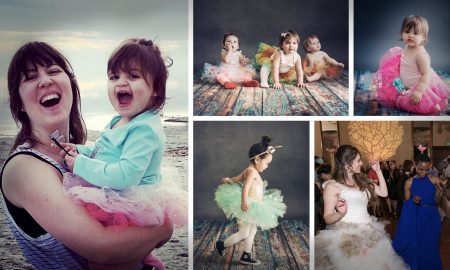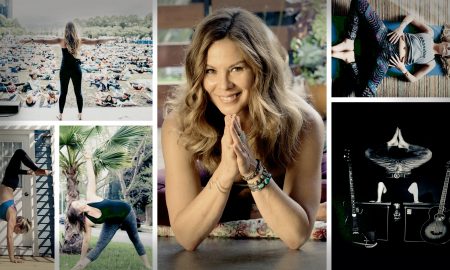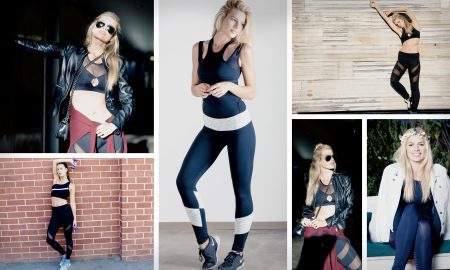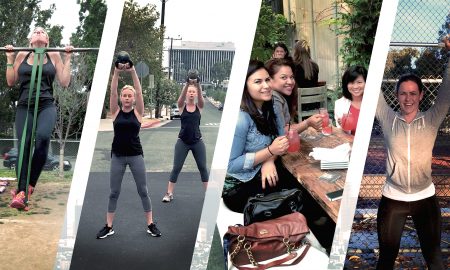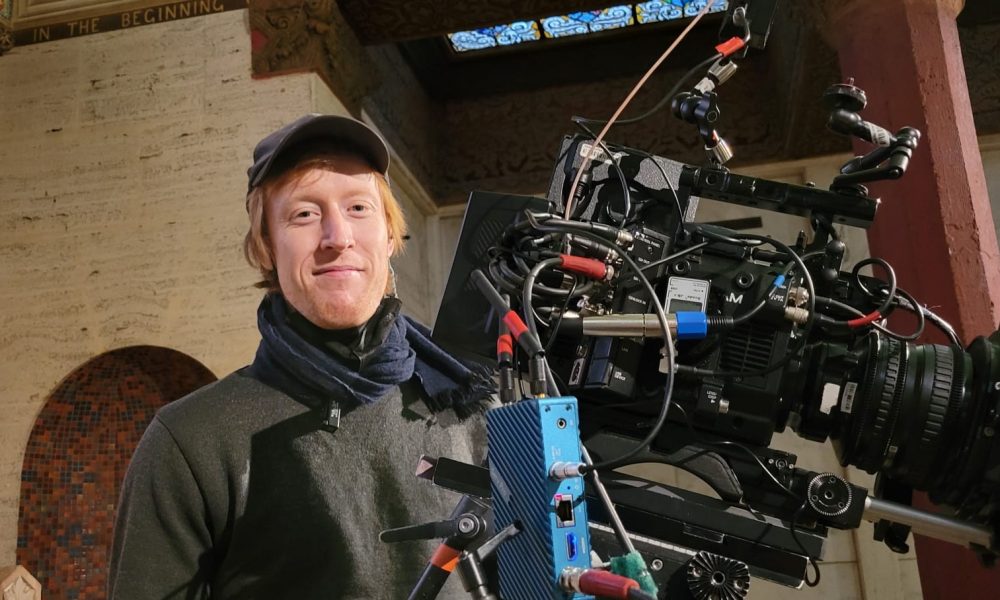

Today we’d like to introduce you to Mads Fridolin Vejlby.
Hi Mads, it’s an honor to have you on the platform. Thanks for taking the time to share your story with us – to start maybe you can share some of your backstory with our readers?
I’m a Danish cinematographer (he/him) and grew up in Copenhagen. I moved from Denmark to Los Angeles in 2022 to pursue an MFA at the American Film Institute Conservatory (AFI).
My parents made me and my three older sisters question and be curious about the world around us. That curiosity could become even greater through watching movies or reading books. My mother worked at a library, and with Nordic literature as a focus, she made exhibitions where you could interact with the stories. Walk through spaces of Norse mythology or clean Pippi Longstocking’s kitchen floor by skating across it with floor brushes strapped to your shoes. The abundance of creative imagination, literature, and art from an early age definitely gave me a love for storytelling.
As a teenager, I had fun making stop-motion animation, and in high school, I’d lose my sleep competing in 48-hour video marathons. After high school, I was lucky to get the chance as a 1st AC for the cinematographer Frederik Säll, who taught me a lot as I assisted him on music videos and commercials.
This also showed me that you could be a cinematographer for a living. I started shooting music videos and made short films at Copenhagen Film- & Photo School, Fatamorgana the Danish School of Art Photography, and also documentaries at my undergrad at the Danish School of Media and Journalism. During my undergrad, I also got to do an exchange semester in Sydney, where I loved the city and the possibility to travel more that I took a gap year from my undergrad to see more of the world. This brought me to Los Angeles in the late spring of 2016.
I visited AFI and started crewing to meet the students. I crewed on four projects within a month and fell in love with the creative environment and nerdy passion for filmmaking. I made a lot of new friends, among them cinematographers Thaïs Castralli, Jesper Duelund, and 1st AC Jackie Vresics, who all helped me in my application process for AFI later.
AFI is expensive, so it took me some years to save up and convince myself that it was worth it. Now, I’m halfway through the program, and I feel it’s an investment that will benefit me for many years to come. To be surrounded by extremely talented fellows is inspiring on a daily basis, and it pushes me to become so much better. What I like about the school and Los Angeles is that there’s so many different cultures represented that bring nuances and perspectives from so many angles.
I’m very lucky to have worked with so many extremely talented filmmakers at AFI, and as I’m now in my last year, it’s very exciting to already be in pre-production of my thesis film. Here, I am working with writer/director Alyssa Cody Garcia, producer Simona Galant, production designer Maui McDonald, and editor Qiqi Deng. All of them bring so much talent to the table, and I’m very excited to work on this and share the work when we have wrapped and completed the film next year.
Alright, so let’s dig a little deeper into the story – has it been an easy path overall and if not, what were the challenges you’ve had to overcome?
Has it been a smooth road? If not, what were some of the struggles along the way? I’ve had a pretty smooth road and have been privileged and lucky in growing creatively year by year with so many different productions and experiences. However, getting into film school was a long and winding road. For a long time, I only dreamt about getting into the National Film School of Denmark. As they only take in six students every other year, it’s not an easy task. They rejected me several times, and I was only encouraged a little by getting to the interview stage.
I started looking at other options and applied at the National Film and Television School (NFTS) in England and the National Film School of Norway. A couple of failed film school applications later, I questioned my own abilities and thought I needed to create something better for my applications. I got accepted at the Danish School of Art Photography Fatamorgana, which is an amazing school in Copenhagen. Here, I was taught for a year by photographer Fryd Frydendahl and the main teacher for the cinema classes Karin E. Worsøe, among a list of great guest lecturers. Some of the work I did there with directors Siri Hammarén and William Magnussen was in my application for AFI, and I think that was part of the reason I got accepted.
In the same year, both AFI and FAMU in Prague offered me a spot in their program, and I was quite surprised by suddenly having two options after struggling to get back home. As I already had crewed at AFI, this felt like the right option.
Personally, I feel it’s a huge privilege to go to film school. I love studying, and with or without film school, I believe I’m on a lifelong journey of learning and growing creatively as an artist, storyteller, and cinematographer.
Alright, so let’s switch gears a bit and talk business. What should we know about your work?
In my work as a cinematographer, I enjoy working on a variation of narrative and documentary. I also enjoy working on music videos and experimental films where the form is more free.
On a story level, I gravitate towards stories about minorities and vulnerable characters. As I’m now living in Los Angeles, I find myself curious about this country and stories going on here. I like to find ways to show how a character’s emotional state and imagination can be illustrated. The art form of cinema does that really well since you can use light and settings to push an image in different directions.
I think there’s a positive movement going on where filmmakers look at what stories are already told a thousand times and steer away from that in order to give voice to minorities who previously have been underrepresented. I think it’s an interesting time to be part of the film industry since there’s a growing amount of films with stories we haven’t heard before, and I’m thankful that I can take part in that movement. I care a lot about human rights, and especially the way immigrants and refugees are treated around the world is something I would like to tell stories about. I’m working on a visual essay at AFI, where I’m shooting on 35mm film stock, and for that, I get to decide what the story and concept is. After volunteering in an NGO helping immigrants in Denmark, I wanted to tell a story about the humans going through this challenging life. Anita Ngah and Esther Laima are two of the friends I made while volunteering, and they have shared with me their story and helped me understand the experience of life as an asylum seeker in Denmark. I’m very thankful that they are part of the project since I could never tell an immigrant’s story by myself since it’s so far from my own life experience.
Technically, I like to challenge myself and grow by working with a wide range of cameras, lights, lenses, and other tools to find the best way to tell any story I’m connecting with. I’m still growing and keeping an open mind since I believe every story and project has its own unique identity and calls for different choices.
My upbringing in Denmark has given me a lot of training on low-budget social realism dramas, where handheld cameras are often the go-to. That combined with jobs on documentaries and even reality TV, have given me a good skill of operating handheld cameras. I have good intuition with where a performance is going and can quickly adapt and make sure I’m in the right place with the camera to capture the performance and the subtle nuances that can change from take to take.
My time at the Danish School of Art Photography Fatamorgana has sharpened my ability to analyze and talk about film, photography, and other art forms, which is very helpful when figuring out the visual language of a film. Being able to dissect a piece of art and figure out how it moves you is interesting, and I think it’s a muscle you need to train to be able to have those conversations with creative collaborators.
As part of my undergrad was documentary journalism, I think that has taught me to ask questions and not be afraid to move into unknown territory to search for the most interesting part of a story. Working with directors, I think it’s important to be able to ask questions about a script. At the same time, I’m trying to find a balance where it’s not just asking questions for the sake of being critical but at the same time, supporting the vision and intuition of a director.
How do you define success?
Success is a strange concept, and I guess it means something different for everyone. I feel successful when I find myself on a set, looking through the viewfinder and accomplishing a shot that I have worked and prepped a lot for, seeing it come to life with a great performance from the whole team. This is successful when I at the same time can make sure that everyone on set feels good. Everyone are working so hard, so to me it’s important that people feel safe, appreciated and enjoy the environment.
Contact Info:
- Website: www.madsfridolin.com
- Instagram: @madsfridolin
- Facebook: https://www.facebook.com/mads.fridolin
- Linkedin: https://www.linkedin.com/in/mads-fridolin-vejlby-0625a577/?originalSubdomain=dk
- Other: https://vimeo.com/madsfridolin

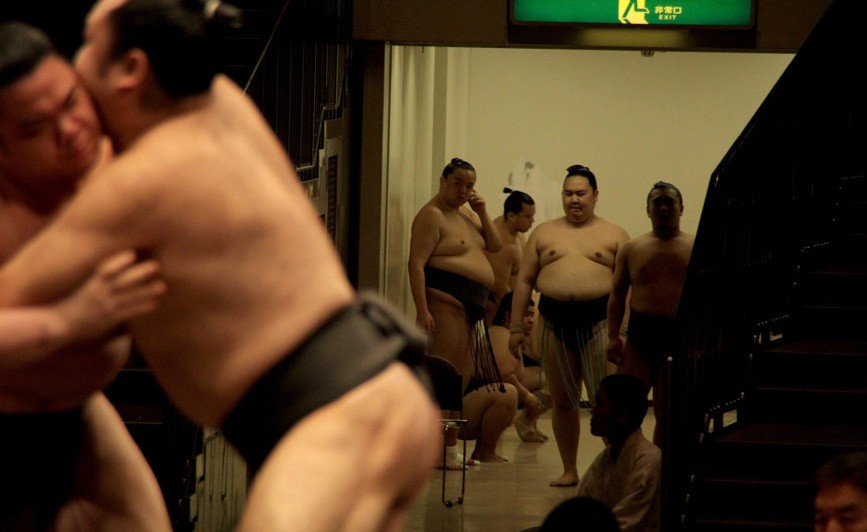
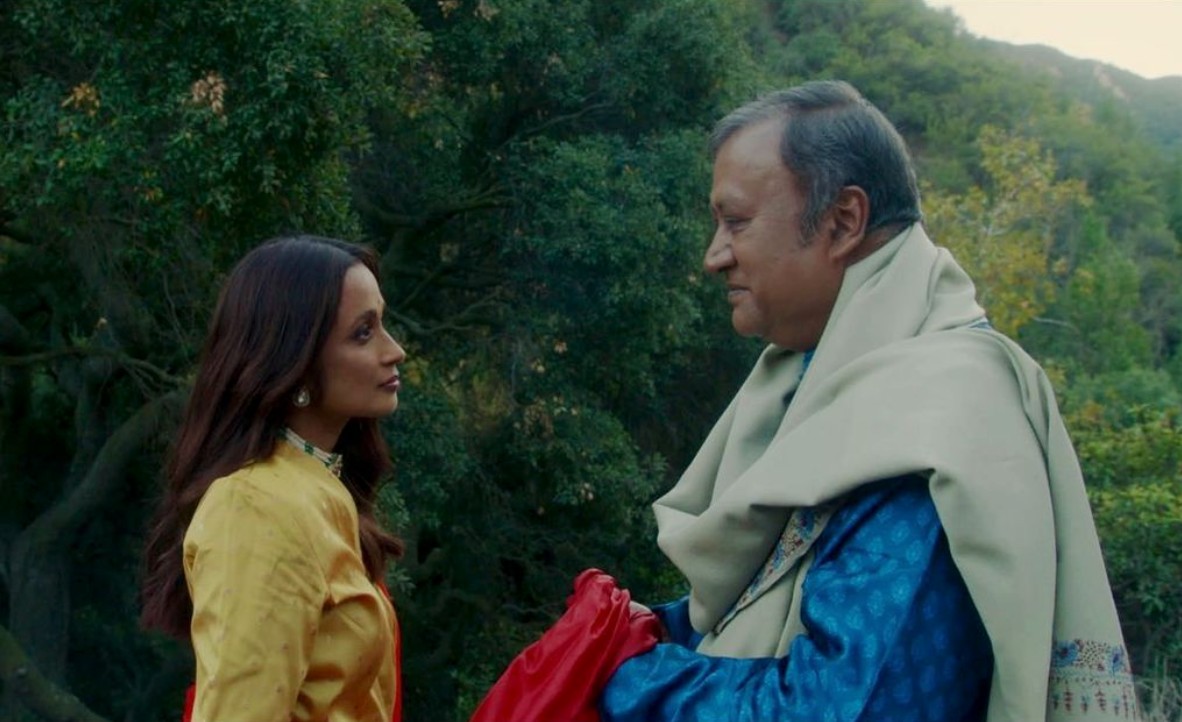
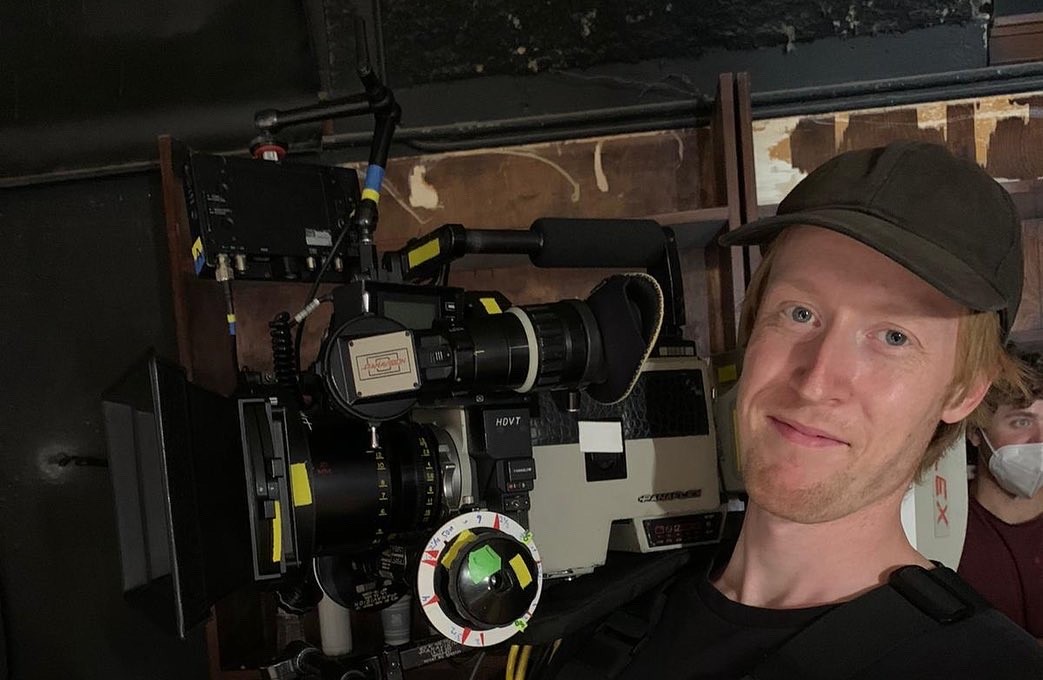
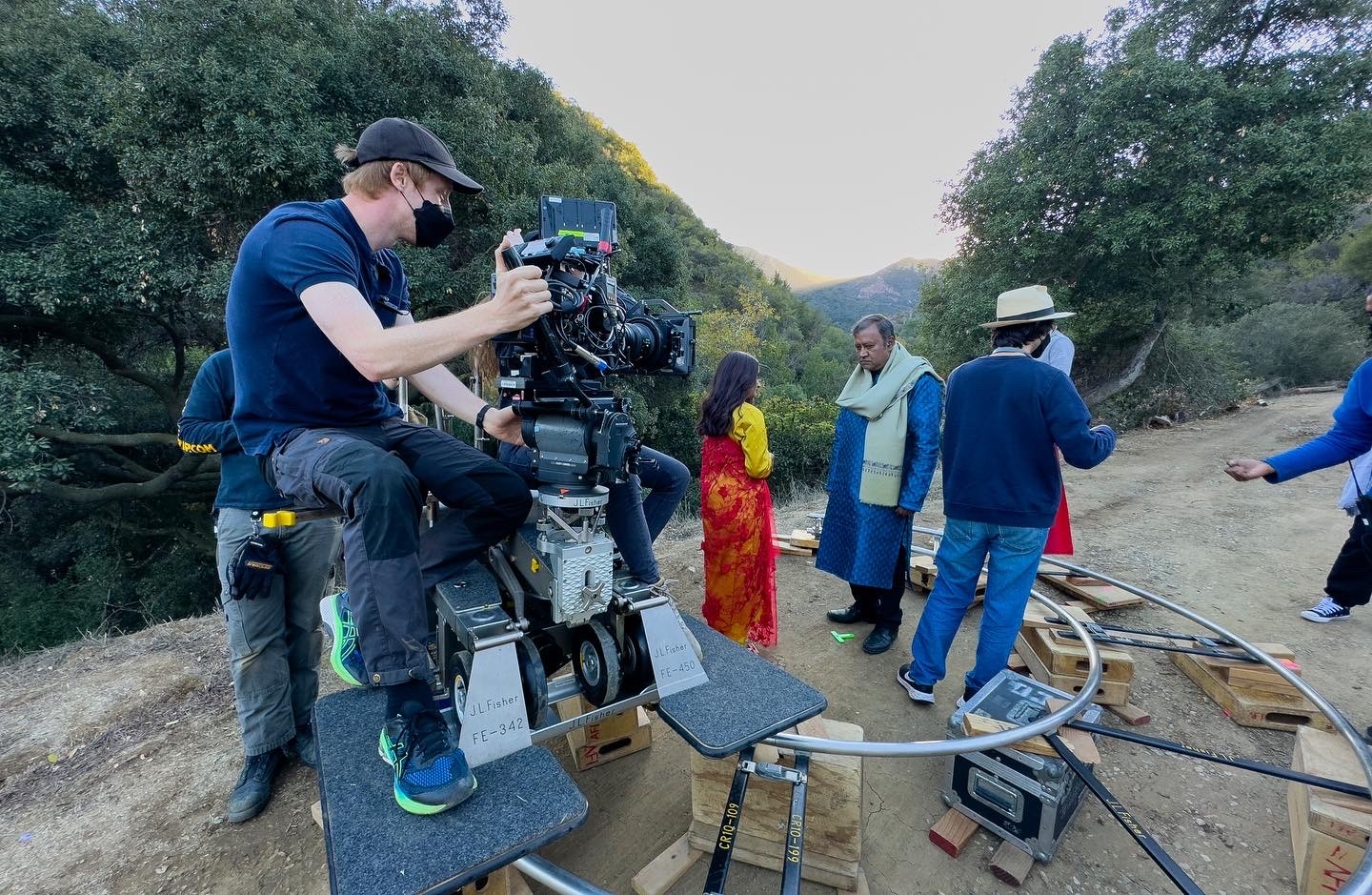
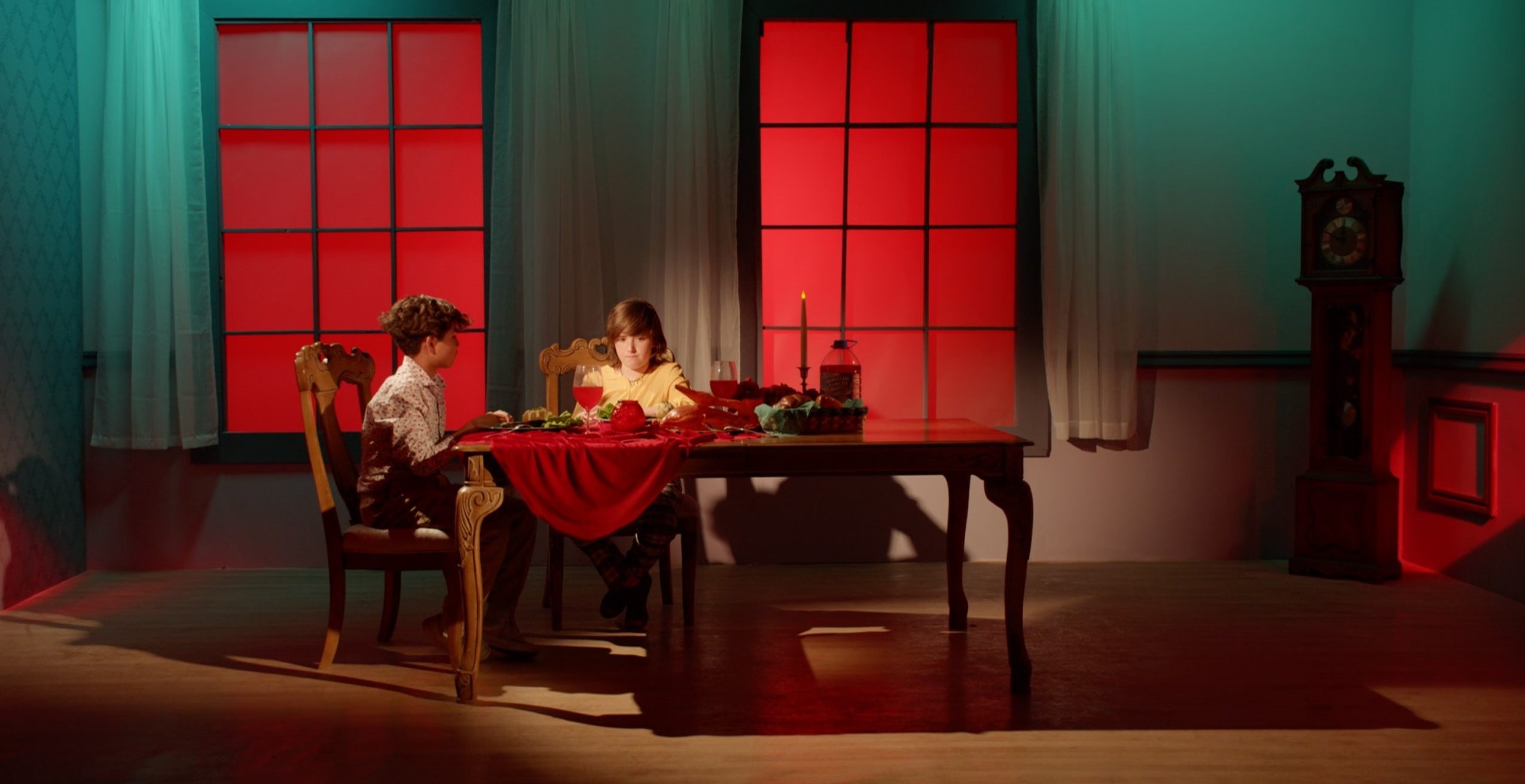
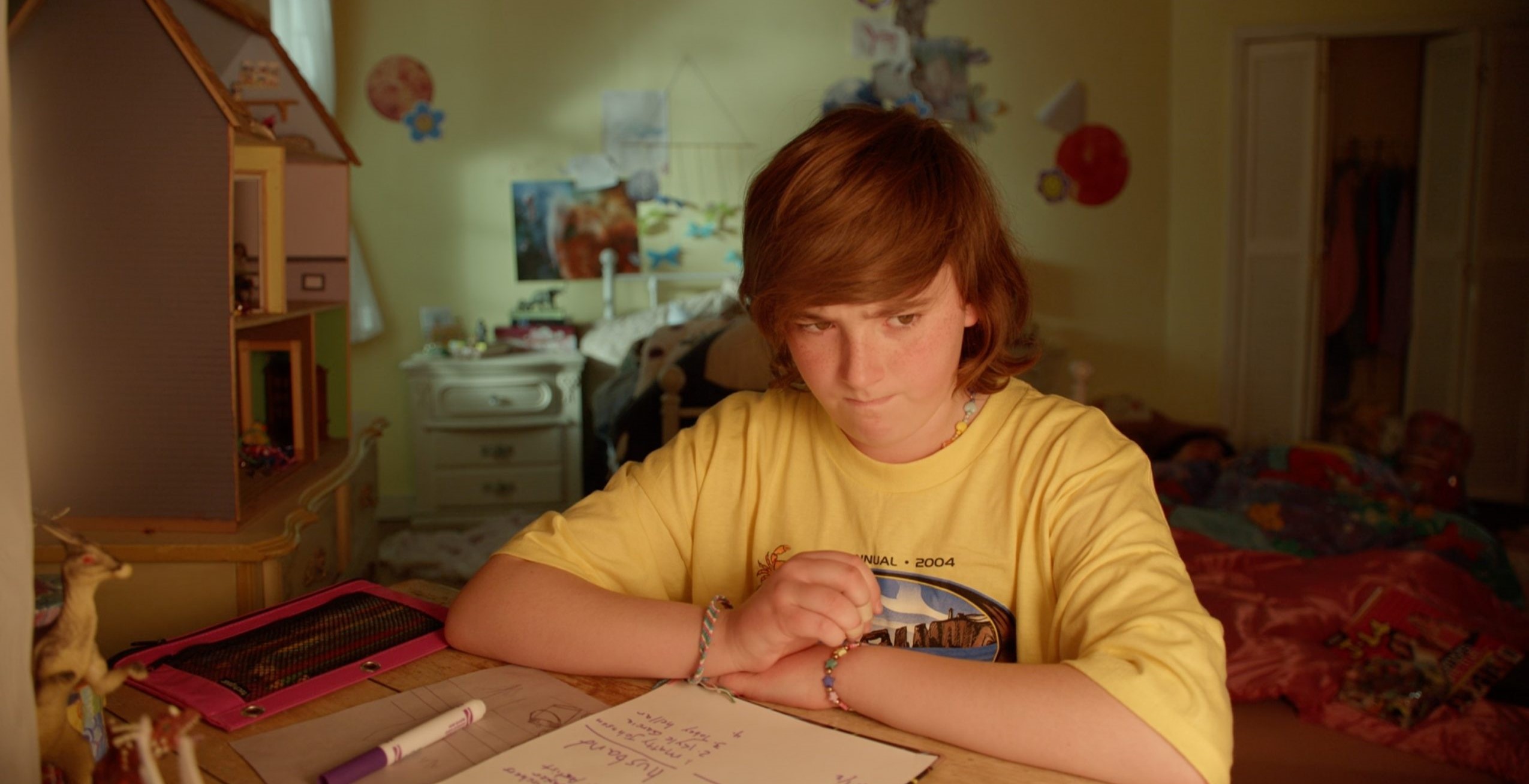
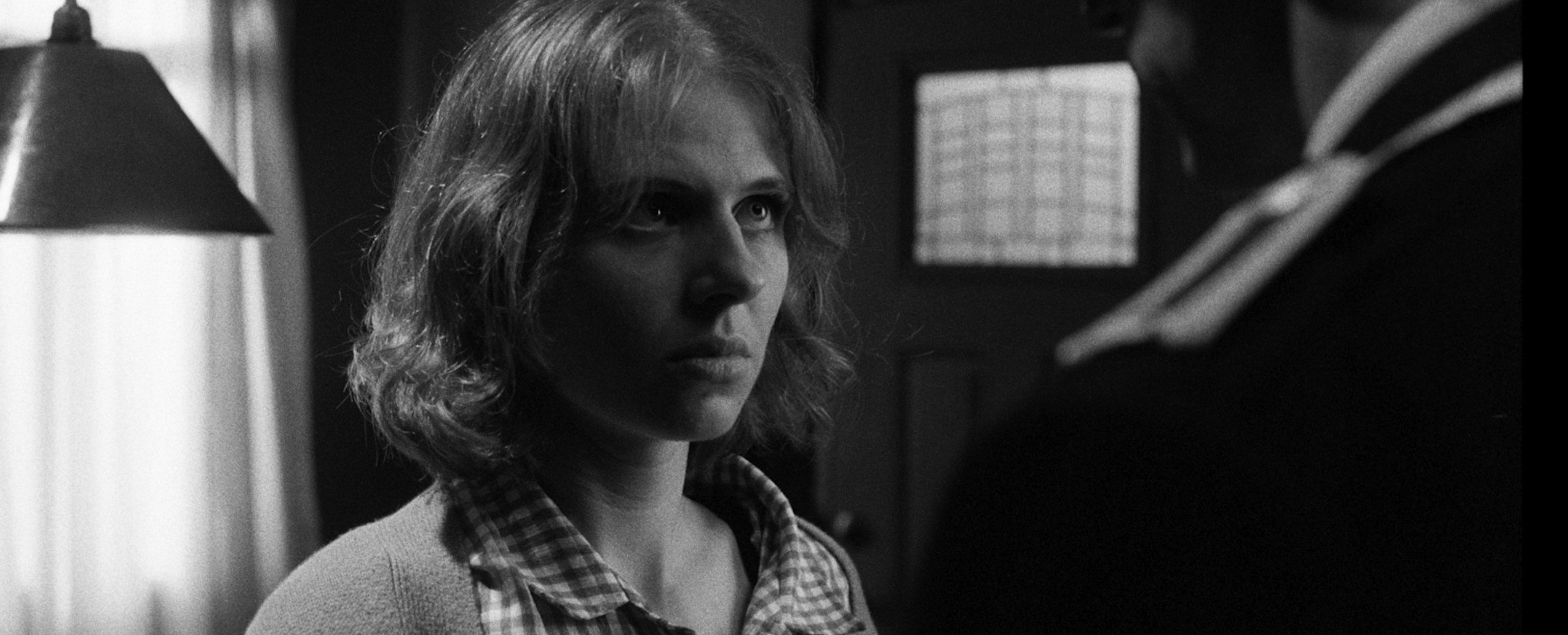 Image Credits
Image Credits
1st photo of me: Solomon Zivot out of the 4-8 images: 1. image: Donijah Collier 3. image: Kevin Shanmugan


